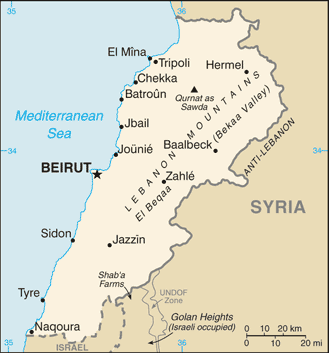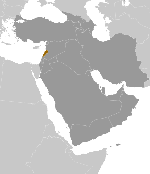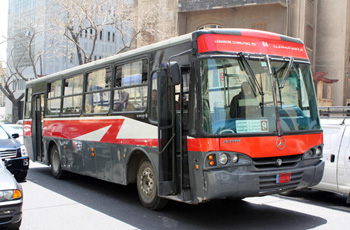|
Buses in Lebanon
RETURN TO BUS-ASIA PAGE |
|||||||||||||||||||||||||||||
|
Information has been obtained from sources as referenced and the persons indicated below.
September 4, 2011: the layout of the intro page was adapted to match other pages on the site. The number of buses in Lebanon is fairly limited. There are several reasons. Evidently the long civil war (1975-1990), a still vulnarable internal situation, and the Israeli attacks in 2006 make that people do not really like to be in larger groups. In addition, the topography of the country, with mountains starting right from the coast, makes for many narrow, steep and winding roads which are difficult to negotiate for larger buses. Those are thus mainly restricted to the north-south coastal highway and routes, where most of the population lives. Most public transport is by taxi or shared taxi (serveeez from the French "service"). Railways and Beirut's electric trams all fell victim to the civil war and have been abandoned. A short spell of revival for a suburban railway in the 1990's with ex German rail coaches only lasted a few years. The government railway and bus company OCFTC has recently stopped its last activities, Beirut's city services, and all transport is now assured by private operators. Rapid development has led to a high rate of car ownership and the Beirut road system can hardly cope with all the private cars and taxi's. The government has plans to invest in a bus rapid transit system and the World Bank has funded a consultation to this effect in 2008. In April/May 2009 there were four bus companies in the country with fleets of larger buses, fleet numbers, and a company livery, though only three were operating. These were OCFTC, LCC, LTC and Connexion. Further there were many smaller buses, apparently privately owned, running on urban and interurban services. Coaches and other large buses were rare. Tourism is still limtited. Also, many tourists seem to enter from Syria in Syrian coaches. On the international services to Syria more large buses can be found, but these were all Syrian. Also, most minibuses and taxis going to Syria belonged to Syrian companies. . Contributions were made by: John Veerkamp (visit April/May 2009) Buses World Wide (maps and basic data: www.cia.gov) (This site will be further developed over time) WE WELCOME ANY ADDITIONAL INFORMATION AT info@bus-asia.com |
||||||||||||||||||||||||||||



